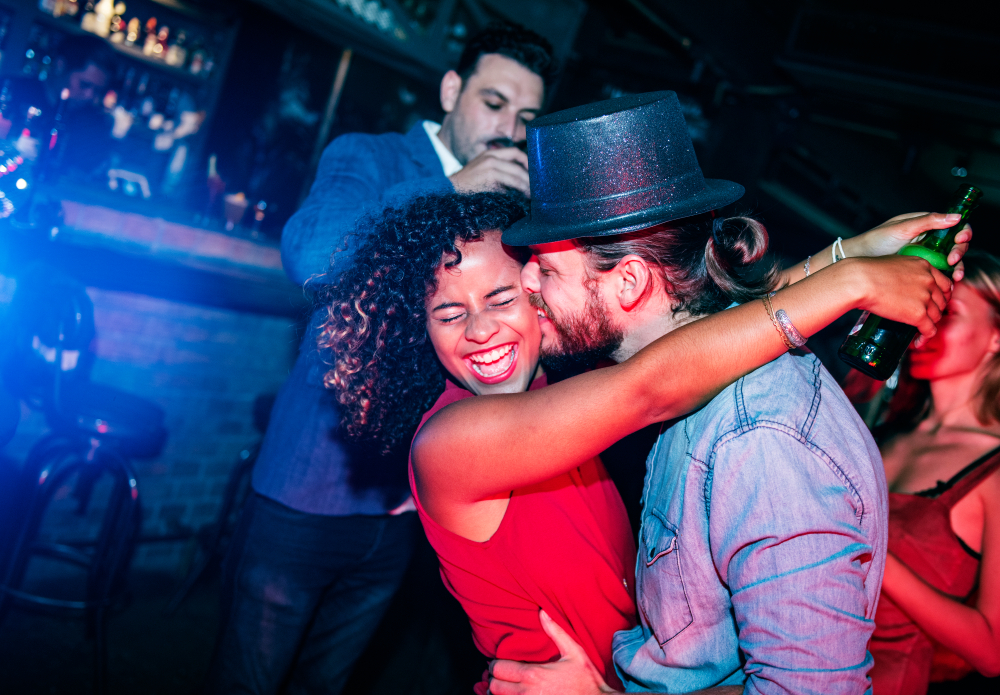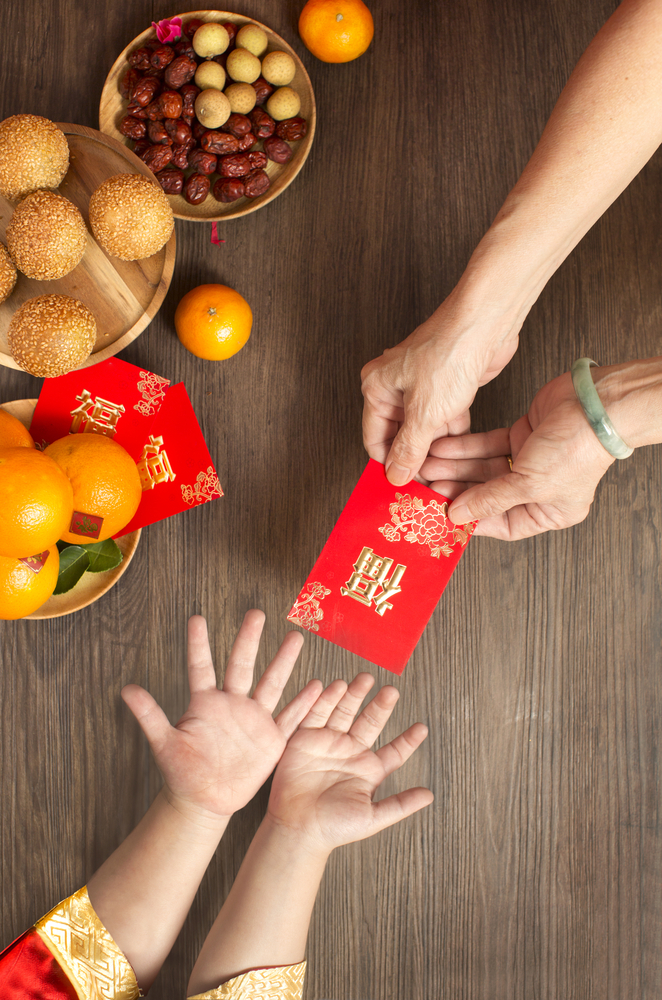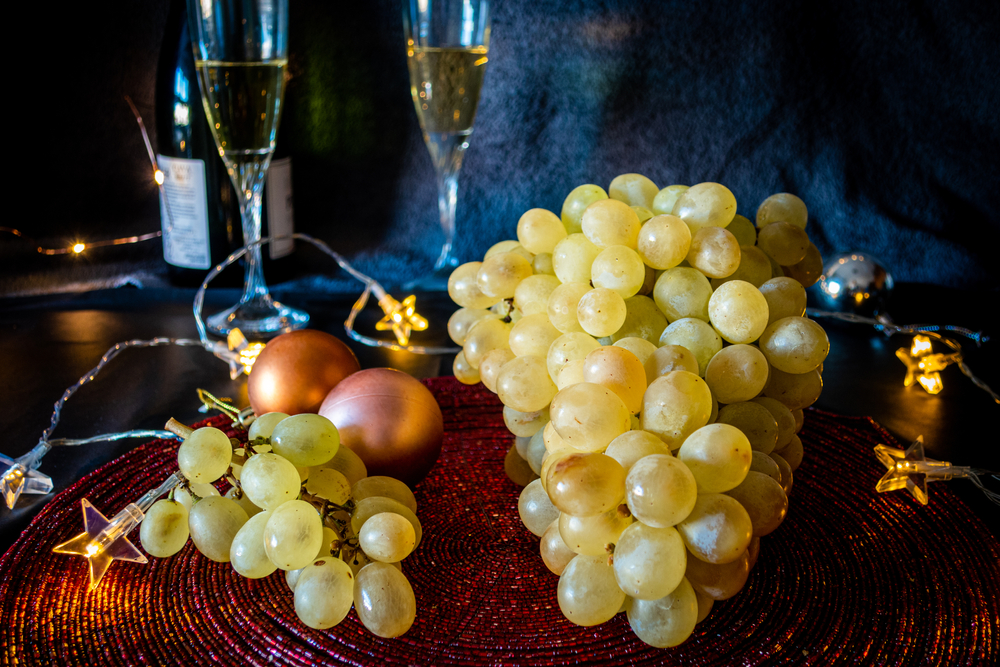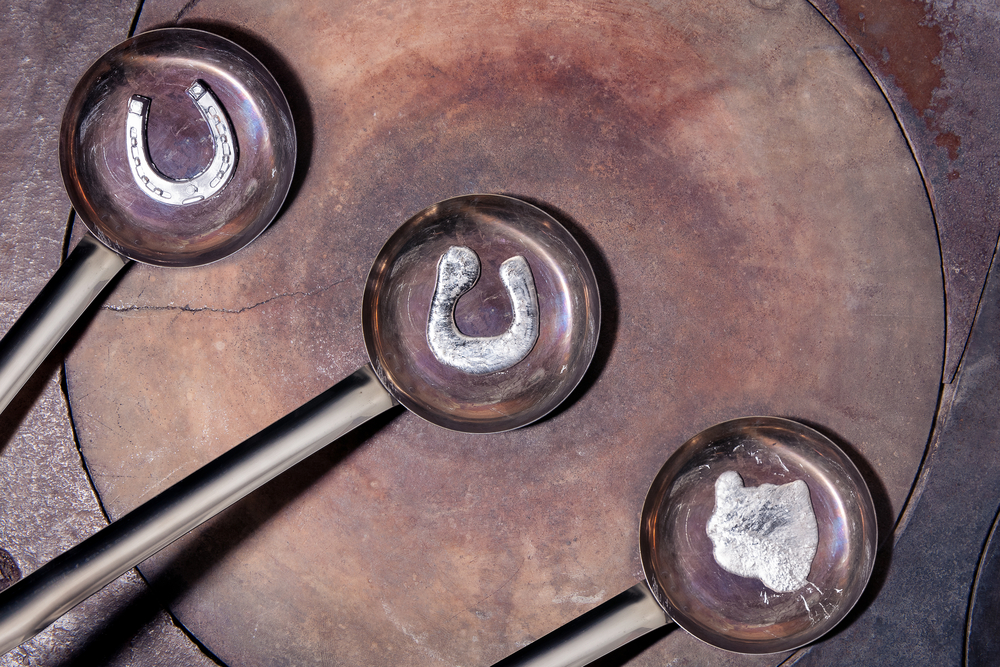We all make resolutions at the end of each year. Some plan to be more studious, to start reading books again in place of watching Netflix. Some plan to be more organized, to stop procrastinating doing the laundry or filling out the calendar. Some plan to be healthier, to commit to cardio and pick up jogging or swap french fries for leafy greens. Many people decide to start a new hobby, or return to a hobby they once loved.

Let’s talk traditions right here at home. For many, New Year’s Eve is a night of festivity. We make those resolutions (whatever they may be), but we also spend time eating, drinking, socializing and lighting the occasional sparkler. Firework shows and ball drops happen across the country, as do many midnight kisses and cheers to the New Year. The kiss is designed to bring good luck, though it’s a great excuse to plant one a crush if they are willing.
New Year’s Eve has been celebrated here at home for decades, full of pizzaz and glitter. From the iconic ball drop in Times Square to the Peach Drop here in Atlanta, the night is synonymous with enjoyment and cheer. A New Year is a great feeling of a fresh start!

This feeling seems to be international. Most cultures celebrate the beginning of a new year in some way, though a lot of people may adopt a different calendar. Many Asian countries, for example, follow a lunar calendar in which the new year doesn’t fall until the end of January and early February. To symbolize prosperity and wealth, red envelopes containing money will be exchanged. In China, people will often celebrate with decorations and lanterns, and the color red will appear everywhere to symbolize good fortune. Many people will serve fish as well as dumplings, in hopes of good fortune.
The celebration of the lunar new year is not uncommon in Vietnam, Korea and many other asian countries too. In Korea, rice cake soup and savory pancakes are eaten. Games are often played and families have rituals to honor ancestors. In Vietnam, sticky rice and candied fruits are prepared. Many people will pay off debts or buy lottery tickets, to enter the new year with a new found fortune and a clean slate.
In Spain, the new year is often celebrated in the form of grapes. Twelve grapes to be specific, one for every strike of the clock. Las doce uvas de suerte or twelve grapes of luck are meant to ward off bad luck on New Year’s Eve (or Nochevieja which means “old night” in Spanish). These grapes are typically green and eaten after the family has gathered for dinner. You eat one grape and make one wish at each stroke of the clock at midnight, but of course you have to finish them all or bad luck will ring in the new year.

This tradition has made its way into many South American countries, such as Peru and Colombia. Of course, these cultures also have traditions of their own. Many Latin Americans will wear the color yellow, to symbolize good fortune, abundance and prosperity. In Colombia, lentils are often put inside wallets or pockets. Why? To encourage good fortune and represent more money coming into your life. Colombians also will take a backpack or suitcase and run around the block to represent hopes of travel.
Hogmanay! Scottish New Year or End of Year is massive, celebrated across Scotland by the public at large. The celebration is rooted in yule and other fire burning rituals, but now is practiced as a variety of traditions. The fire burning is still common, many regions have their own approach. Spectacular fireworks and hundreds of torches are lit across the country. Many visit the homes of friends and family, celebrating the “first-foot” or the first guest to visit in the new year. Songs and festivities, as well as special dinners of steak pie can be found.

While New Year’s Eve on the Gregorian calendar is not considered a religious or important holiday in Islamic cultures, the idea of New Year’s resolutions is often a way to consider intent and to self-reflect. Muslims commemorate the Islamic New Year, which falls on the first day of Muharram (the beginning of the first month of the Islamic Calendar). The calendar largely correlates with the moon, and is a time for observing prayer and family. There is often food, but in general it’s more of a reflective day with close family.
Celebrations are common in Scandinavian and Finnish cultures, too. Friends and family will often attend dinners, usually tables with traditional dishes like codfish and marzipan cakes. Once dinner is over, then the party bells ring. Eating, drinking and dancing are common as people bid goodbye to the past year. In Denmark, the Queen gives a New Year’s speech and it’s pretty much an anticipated event by all. Friends are often who the Danes celebrate with, especially the younger generations who will set off fireworks and break out the champagne. Plus, they’ll literally “jump” into the new year from the top of a couch, chair or what not. In Finland, the new year is often celebrated by melting tin. Tiny horseshoes are melted down and then poured into cold water, whatever resulting shape you get symbolizes your fortune in the new year. Some hold the new shape in front of a shining light and interpret the shadows. Wavy shapes mean upcoming changes, a star means success, a flower means happiness and so on and so forth.






